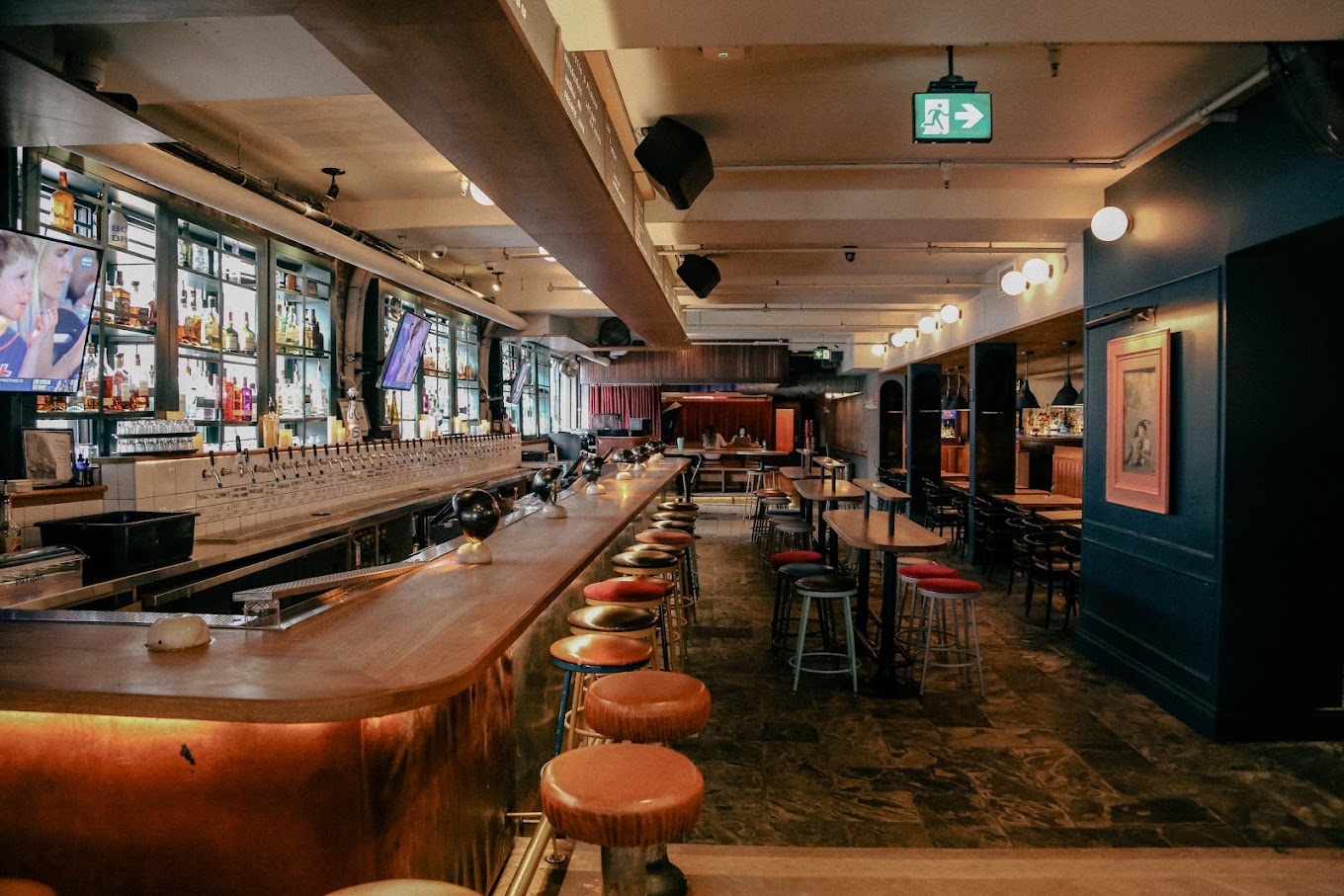Restaurant Design Trends to Watch in 2024
The restaurant industry is continuously evolving, and with it, design trends that shape the dining experience. As we move into 2024, the emphasis is on creating spaces that are not only aesthetically pleasing but also functional, sustainable, and engaging. Here are some key restaurant design trends to watch in 2024.
1. Sustainable and Eco-Friendly Design
Sustainability remains at the forefront of design trends. Restaurants are increasingly using eco-friendly materials such as reclaimed wood, recycled metals, and natural fibers. Energy-efficient lighting and appliances, along with water-saving fixtures, are becoming standard. Green roofs and walls, as well as indoor plants, not only enhance the visual appeal but also improve air quality and contribute to a healthier dining environment.
2. Minimalist Aesthetics
Minimalism continues to influence restaurant design, focusing on simplicity and functionality. Clean lines, uncluttered spaces, and neutral color palettes create a calm and inviting atmosphere. The minimalist approach also extends to furniture and decor, favoring pieces that are both beautiful and practical.
3. Technology Integration
Technology is playing a significant role in enhancing the dining experience. Restaurants are incorporating smart technology for everything from ordering and payment systems to lighting and temperature control. Touchless solutions, such as automatic doors and hands-free faucets, are becoming more common, offering convenience and promoting hygiene.
4. Flexible and Multi-Functional Spaces
Adaptable spaces that can serve multiple purposes are gaining popularity. Restaurants are designing areas that can easily transition from casual dining to event hosting or private parties. Movable walls, modular furniture, and versatile layouts provide the flexibility to cater to different customer needs and maximize the use of space.
5. Local and Artisan Elements
Incorporating local craftsmanship and artisan elements into restaurant design is a growing trend. This includes custom-made furniture, locally sourced artwork, and handmade decor. These unique touches add character to the space and create a connection with the community, making the dining experience more authentic and memorable.
6. Open Kitchens and Chef’s Tables
Transparency in food preparation is becoming increasingly popular. Open kitchens and chef’s tables allow diners to watch the culinary process, adding an element of entertainment and trust. This trend highlights the skills of the chefs and emphasizes the freshness and quality of the ingredients used.
7. Comfortable and Cozy Atmosphere
Creating a comfortable and cozy environment is key to attracting and retaining customers. Soft lighting, plush seating, and warm color schemes contribute to a relaxing ambiance. The trend towards “hygge” – the Danish concept of coziness – is influencing restaurant design, encouraging a homely and inviting atmosphere where customers feel at ease.
8. Unique and Instagrammable Features
In the age of social media, having unique and visually striking features is essential. Restaurants are incorporating bold design elements, such as statement lighting fixtures, vibrant murals, and creative furniture, to create Instagrammable moments. These eye-catching features not only attract customers but also generate free marketing through social media shares.
9. Outdoor Dining Spaces
The demand for outdoor dining continues to grow. Restaurants are investing in well-designed patios, rooftops, and garden areas to provide an attractive outdoor dining experience. Comfortable seating, weather-resistant materials, and elements like fire pits and string lights enhance the ambiance and usability of outdoor spaces.
10. Cultural and Global Influences
Globalization is inspiring restaurant design, with elements from various cultures being incorporated to create unique and eclectic spaces. This trend includes using traditional patterns, textiles, and artifacts from different parts of the world, offering diners a sense of traveling and exploring different cultures while enjoying their meal.
Conclusion
The restaurant design trends of 2024 focus on sustainability, functionality, and creating memorable experiences. By incorporating eco-friendly materials, minimalist aesthetics, advanced technology, and unique local elements, restaurants can create spaces that are not only visually appealing but also cater to the evolving needs and preferences of their customers. Embracing these trends will help restaurants stand out in a competitive market and provide a dining experience that keeps customers coming back.





